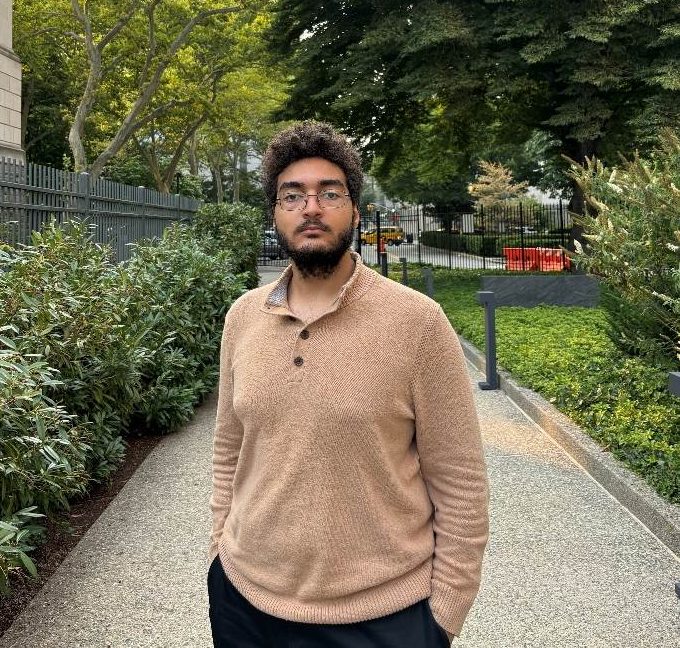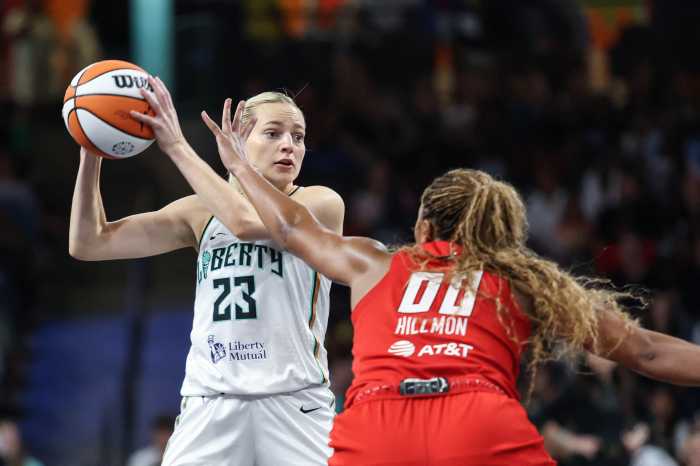The Matinecock Indians who inhabited this area were but one of a large family of native tribes who made their home on Long Island. They belonged to the upper Delaware peoples and were on this land long before the coming of the first Europeans, who invaded
Long Island with its numerous creeks and inlets and bays had an abundance of fish and shellfish which provided sustenance. Wild game, a variety of fowl, and fruits and nuts were natural sources of food. Timber for shelter and canoe building was plentiful. It was clearly an attractive site for settlement, especially so for those tribes who chose this place since they followed an agricultural way of life. Because they understood and practiced crop rotation they moved about frequently in small groups. They were an essentially peaceful people, which was an important plus for the early European settlers who first came here.
Henry Hudson and his men were the first Europeans to visit Long Island in 1609. We know this from the journals of Robert Juet, mate on the Half Moon, Hudson’s ship, for he documented a meeting with the Long Island Indian tribe called the Canarsies.
The Dutch were the first to try to trade in this new country, and in 1611 Adrian Block made a voyage to the Mauritus River as the Hudson River was then called. A year later merchants from Amsterdam outfitted two vessels, the Fortune and the Tiger, which set off under the command of Block and Henrich Christiaensen to trade with the natives of an island called Manhattan.
One vessel burned on reaching the island and a new vessel was built to replace it. Named the Onrust, it had the distinction of being the first vessel constructed by Europeans on Manhattan. When it was completed, Block navigated the Onrust through the dangers of the straits of Hell Gate and sailed up Long Island Sound. Block was probably the first European to enter Flushing Bay as he explored all the bays on both sides of the Sound.
In January 1639 Dutch Governor Kieft secured from the Indians title to the land that now comprises Queens County. The land was sold “in consideration of a party of merchandise.” However, the chief, or sachem, of the local tribes reserved the right to “with his people and friends remain upon the aforesaid land, plant corn, fish, hunt, and make a living there as well as they can, while he, himself, and his people place themselves under the protection of the said Lords.”
The Canarsies, who Henry Hudson had encountered, were but one of the 13 tribes then living on Long Island (see accompanying map).
The Canarsies, known to have vast shell deposits, made wampum used as money. They claimed all of the land that is now the Borough of Brooklyn and part of present day Jamaica.
The Rockaways (named for “sandy place”) lived in the southern part of what is now Hempstead, part of Jamaica and Newtown. One tribe of the Rockaways was known as the Maspeths, and they settled at the head of Maspeth Creek in Newtown.
On the south shore, east of the Rockaways, lived the Merrick Indians. Merrick means “plains country” and a part of their land extended over the Hempstead plains.
The Matinecock owned all the land east of Newtown as far as the western line of Smithtown. They were a large and important tribe with settlements on the North Shore at Flushing, Bayside, Glen Cove, Cold Spring Harbor, Huntington, Northport and Matinecock. Great hunters and fishermen, they were also known as makers of wampum.
By 1650, however, a Dutch traveler wrote that “only 30 families were left … a great number of Indian plantations lie waste(d) and vacant.” By 1654 much of their territory had been sold to European settlers. The name “Matinecock” stood for “hilly country.”
The Massapeague tribe made its largest settlement near a place later called Fort Neck, on the South shore. The name meant “the great water-land” or “land of the great cove.”
The Nissequogue Indians lived east of the Nissequogue River as far as Stony Brook and from the Sound to the middle of Long Island. Dutch records show that their name meant “a place where the Matinecocks now reside,” which seems to indicate that these two tribes were closely connected.
The meadows near where the Secatogue Indians lived were once called “Black Grass Meadows.” Secatogue means “black or colored land.” This tribe lived on the south side of Long Island, east of the Massapeagues, and claimed the land as far east as Patchogue.
A very strong tribe, the Setaukets lived along the shores and bays near the village of Stony Brook and their territory extended to Wading River and south to the middle of the Island.
Several small tribes made up the Unkechaug Indians and they inhabited land on the south shore from Namkee Creek to the river in Eastport. These small groups gave their names to the localities they inhabited, among them the Patchogues and the Poosepatucks.
The country adjoining the Setaukets, from Wading River east to the Oyster Ponds or to Orient Point, was the land of the Corchauges.
Along the shores of the Great Peconic and Shinnecock Bay and in the hills that bore their name lived the Shinnecock Indians.
The Grand Sachem of all the Long Island tribes was Poggattacut, chief of the Manhassets. He ruled over all the tribes except the Canarsies and was called the “Grand Sachem of Paum-man-ak-e,” the Indian name for Long Island. The Manhassets lived on Shelter Island, Ram Island and Hog Island.
The most powerful of all the Long Island tribes were the Montauks, who lived in the area now known as East Hampton. Their territory extended to Montauk Point.
The 13 tribes or families on Long Island all spoke the Algonquin language and were alike in habit, lifestyle and dress. Only a trail or a stream marked the boundaries of their lands. Each tribe had its own chief, or sachem, who served as its spokesman and who represented his tribe when the many sachems met to settle matters of importance. The sachems had the power to declare war, make peace, sign treaties, settle disputes and to receive foreign visitors.
Although there is less evidence than we would like of the thousands of years of occupation of the sites on Long Island by our native peoples, there is still a link we can turn to which is not ephemeral in nature — the many place names that survive today from their culture such as Jamaica, Manhasset, Kissena, Maspeth, and Matinecock, to cite but a few




































